Athens’ Top 5 Museums
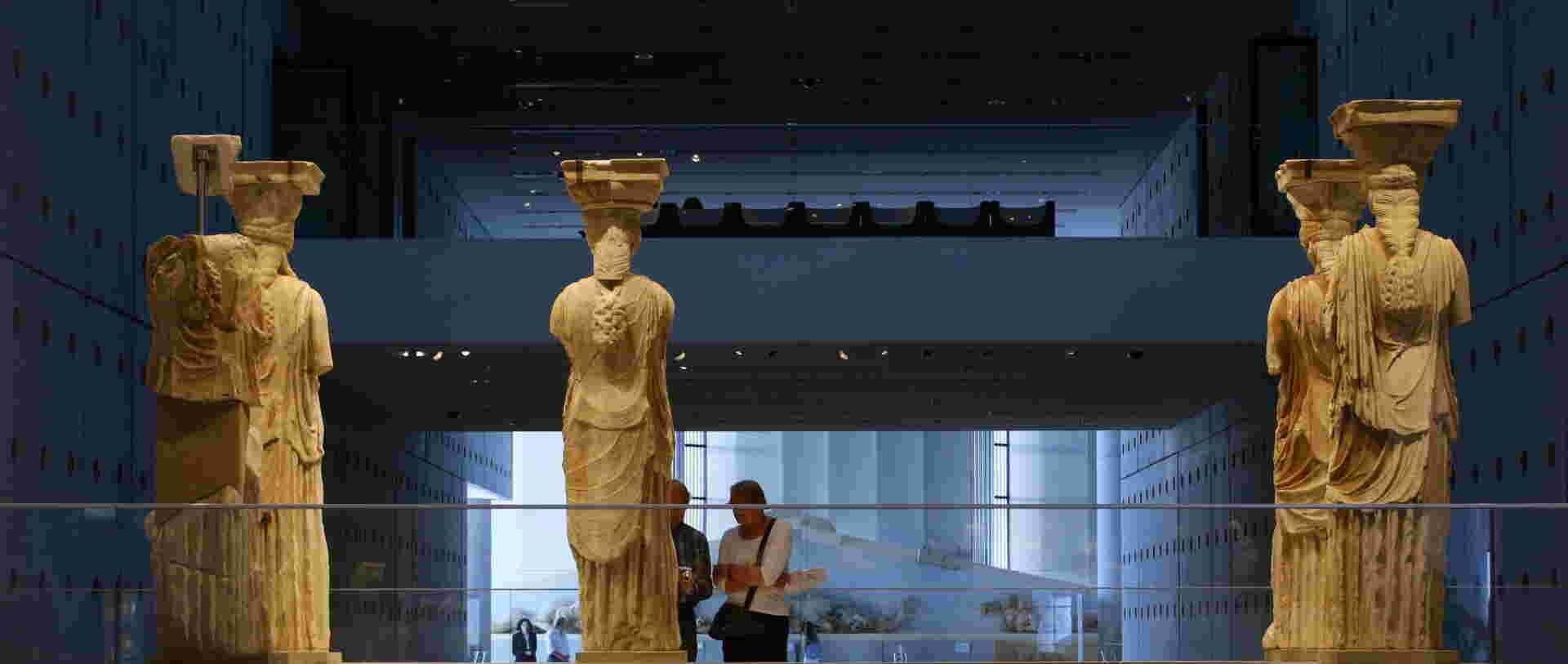
You can come to Athens and not spend a single hour indoors. But these are the top 5 reasons you should not:
Acropolis Museum
Built to fulfill the need for a space that can accommodate all the great exhibits that were found on and around the Acropolis rock, it is not named “New Acropolis Museum” by accident. Delivered in the summer of 2009, it is the third museum built for this purpose as the first two –much smaller ones- got full pretty quickly. Soon after the liberation from the Turks, Greeks started to excavate, salvage, collect and restore whatever Acropolis antiquities had not been destroyed – or carried away – during the Ottoman rule. This collection grew along with the country so most of it just got stored away or was poorly presented. This wonderful ark of classical beauty is, on purpose, built in a modest and strict form, in order not to insult the “sacred rock” of the Western world – and allow its treasures to steal the show. And they do; thanks to the arrangement of the exhibits which places them in close proximity to the visitors, making them feel as if they are walking on the rock itself, back in the 5th century BC. At the same time, a look through the huge glass panes which form the external wall will reveal the Parthenon, only a few hundred meters away, bathing under the exact same light.
Bonus Info:
In the Parthenon hall you will admire the friezes and metopes depicting the Athenians fighting against mythical creatures like giants, amazons, centaurs etc. The number of humans is exactly 192, in honor of the 192 hoplites that died defending their Democracy, in the battle of Marathon. The Persians are symbolized by the mythical creatures…
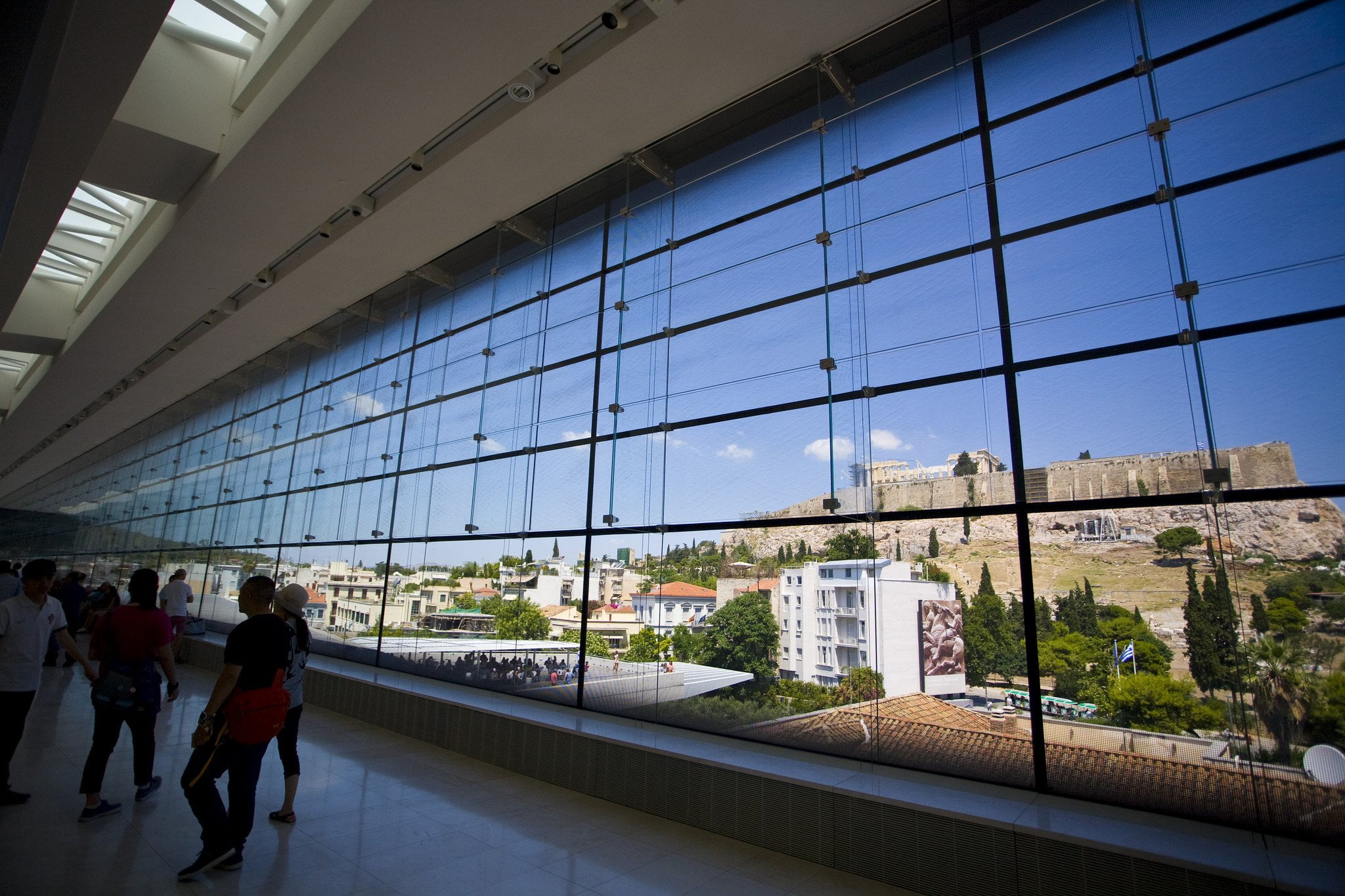
Acropolis MuseumImage Credit: Mike Norton
Acropolis Museum
Location: 15 Dionysiou Areopagitou Street, Athens 11742
Telephone: +30 210 9000900
Tickets:
- General admission fee: €5
- For information on eligibility for reduced admission ticket or free admission, please click here.
- Tickets are available for sale either at the Museum’s Ticket Desk or via its e-ticketing service.
Free entry: 6 March (In Memory of Melina Mercouri), 25 March, 18 May (International Museum Day), 28 October
Opening Hours:
Winter season hours (1 November – 31 March)
Monday – Thursday 9:00 a.m. – 5:00 p.m. (last admission: 4:30 p.m.)
Friday 9:00 a.m. – 10:00 p.m. (last admission: 9:30 p.m.)
Saturday/Sunday 9:00 a.m. – 8:00 p.m. (last admission: 7:30 p.m.)
Summer season hours (1 April – 31 October)
Monday 8:00 a.m. – 4:00 p.m. (last admission: 3:30 p.m.)
Tuesday/Wednesday/Thursday 8:00 a.m. – 8:00 p.m. (last admission: 7:30 p.m.)
Friday 8:00 a.m. – 10:00 p.m. (last admission: 9:30 p.m.)
Saturday/Sunday 8:00 a.m. – 8:00 p.m. (last admission: 7:30 p.m.)
- Closed: 1 January, Easter Sunday, 1 May, 25 and 26 December
- On Christmas Eve and New Year’s Eve (24 and 31 December), the Acropolis Museum opens from 9 a.m. to 3 p.m.
- On August Full Moon and European Night of Museums, the Acropolis Museum operates until 12 midnight.
Closest metro station:
Line 2 (Anthoupoli-Elliniko) to Acropolis station
National Archeological Museum
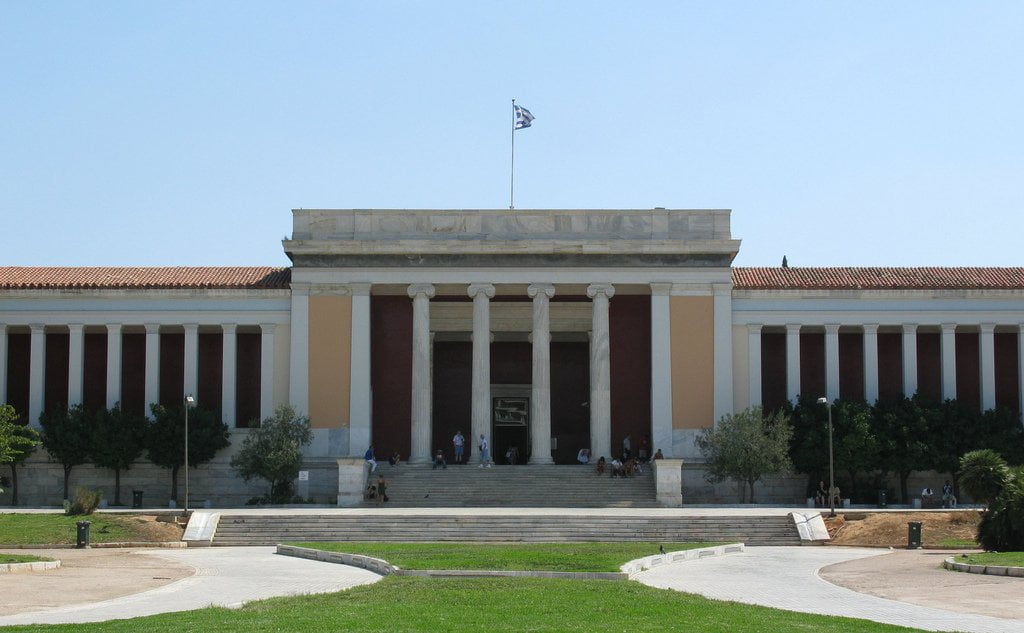
National Archaeological Museum Photo Credit: Tilemahos Efthimiadis
You guessed right. The largest, both in terms of size and collection, of all archaeological museums is in Greece. One of the “big kahunas” of museums all over the world, especially regarding classical-era exhibits, it sits up there on the top, along with the British Museum, the Louvre, the Hermitage etc. Inside you will find every proof you need that all these things – the very same things you thought that sadistic professors invented themselves, only to torture you with during your studies – did exist! And they were part of the cultural expression of a great, vibrant civilization. Some of the most impressive, among them, are the Bronze Age findings like the golden burial mask which archaeologist Heinrich Schliemann thought belonged to Agamemnon of Mycenae himself. Well, the mask proved to be …even older. So the same guy who- as you were told back at school – gathered all the famous superheroes of Greece and marched to war for Helen’s beautiful eyes (or Trojan gold), not only existed but still has professors quarreling over 3500-year-old face masks. This and many more artifacts await you to admire and learn from them: the Antikythera Mechanism, Egyptian mummies, the great statue of Poseidon… never mind, the list is too long, just go and explore it yourself.
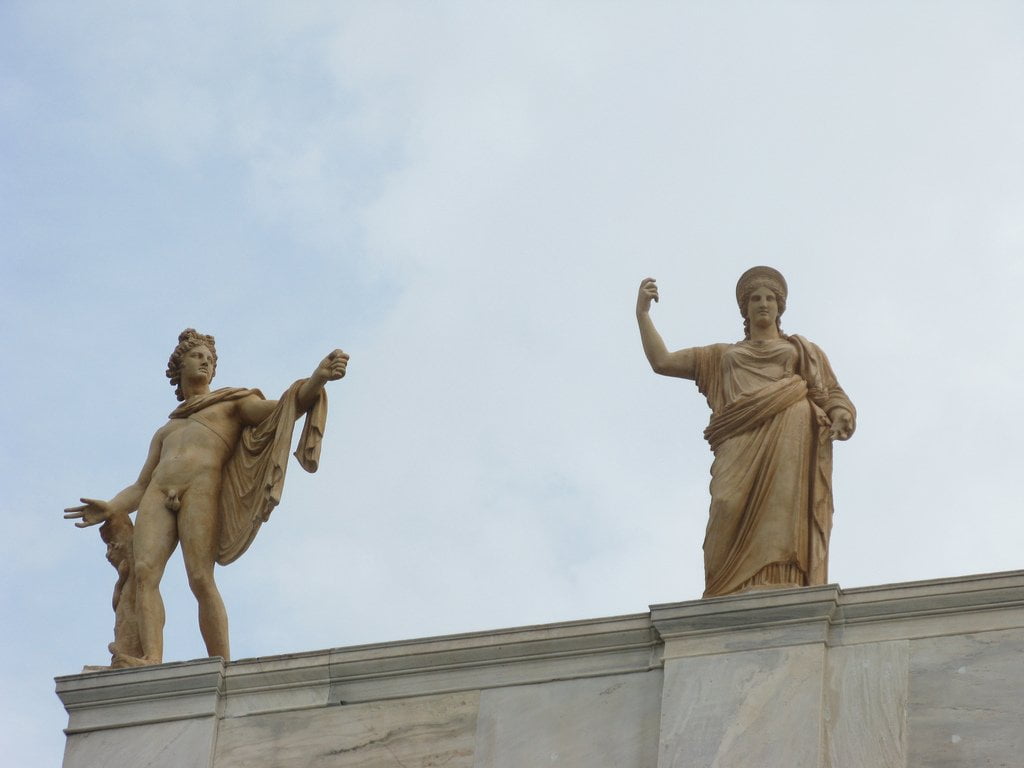
National Archaeological Museum Photo Credit: Tilemahos Efthimiadis
National Archeological Museum
Location: 44 Patission Street, Athens 10682
Telephone: +30 213 214 4800
Tickets:
From November 1st 2017 until March 31st 2018 admission fee: 5 Euro
Free entrance:
- visitors under 18 years old (by showing their I.D. or Passport)
- students from E.U. countries (by showing their University Card)
- admission card holders (Free Entrance Card, ICOM, ICOMOS)
- guides (by showing their professional card)
- members of Societies of Friends of Museums and Archaeological Sites of Greece, by showing their membership card
- escort of blind people and escort of persons with mobility difficulties
Entrance is free to all visitors on the following days:
. 6 March (Memory of Melina Mercouri)
. 18 April (International Monument Day)
. 18 May (International Museum Day)
. the last weekend of September (European Days of Cultural Heritage)
. 28 October (National Holiday)
. the first Sunday of the month for the period between 1 November and 31 March
Opening Hours:
November 1st 2017 until March 31st 2018:
Monday: 13:00 – 20:00
Tuesday – Sunday: 09:00 – 16:00
Closest metro station:
Line 1 (Piraeus-Kifissia) to Omonia station
Museum of Cycladic Art
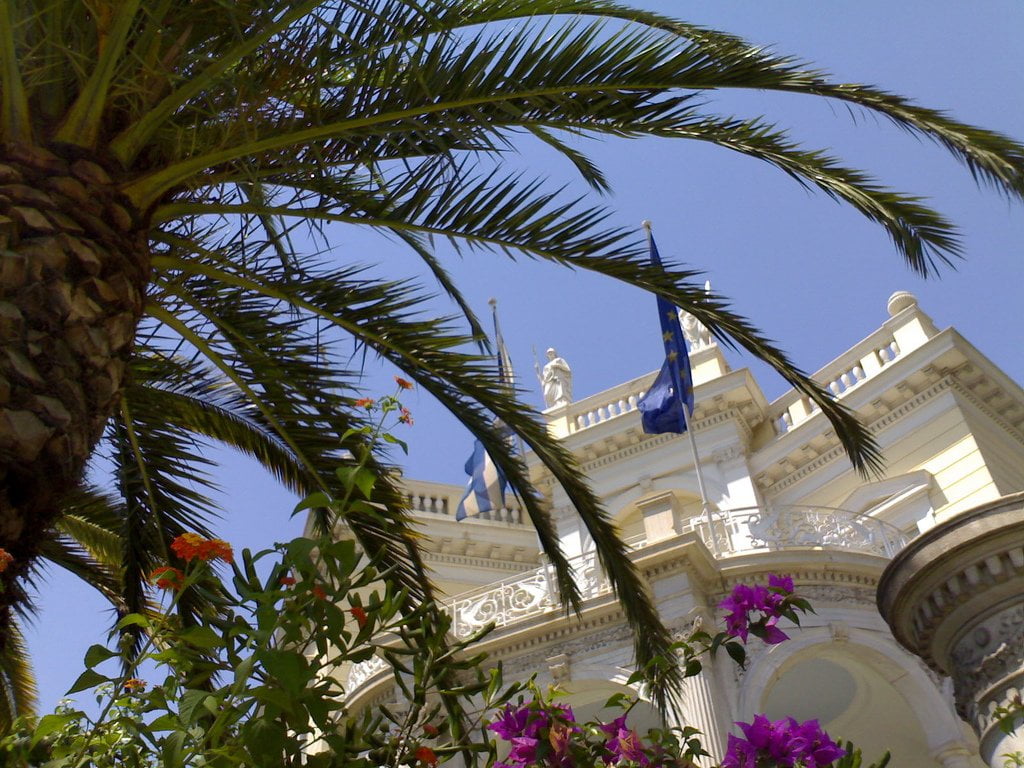
Museum of Cycladic art Photo Credit: Fredrik Rubensson
The Museum of Cycladic Art at Neofytou Douka street in the center of Athens – near Syntagma Square – is dedicated to the study and promotion of the ancient cultures of the Aegean sea and Cyprus, with special emphasis on Cycladic Art of the 3rd millennium BC. It was founded to house the collection of Nicholas and Dolly Goulandris, in 1986, around the same time that the archetypical forms of the cycladic idols started to be recognized as a major influence in international contemporary art. Its three major subjects are Cycladic Art (3200 – 2000 BC), Ancient Greek Art (2000 BC – 395 AD) and Ancient Cypriot Art (3900 BC – 6th century AD). It maintains one of the largest and most complete collections of Cycladic antiquities in the world, with representative samples of marble figurines and vases, bronze weapons and tools and pottery from all phases of the Early Cycladic period. Inside this museum you will see and understand why the art of Cycladic civilization – with its anthropocentric character and its perfection and proportion in form, simplicity, and reduction to the very essential- is still considered as a strong influence on early 20th century sculpting. You will love it, especially if you have a thing with modern art and design, as the experience will be inspiring and you will leave the museum with a fresh look at the forms and figures of the modern world. Oh, its café is very nice too, and the gift shop offers high-quality, stylish gifts to bring back home.
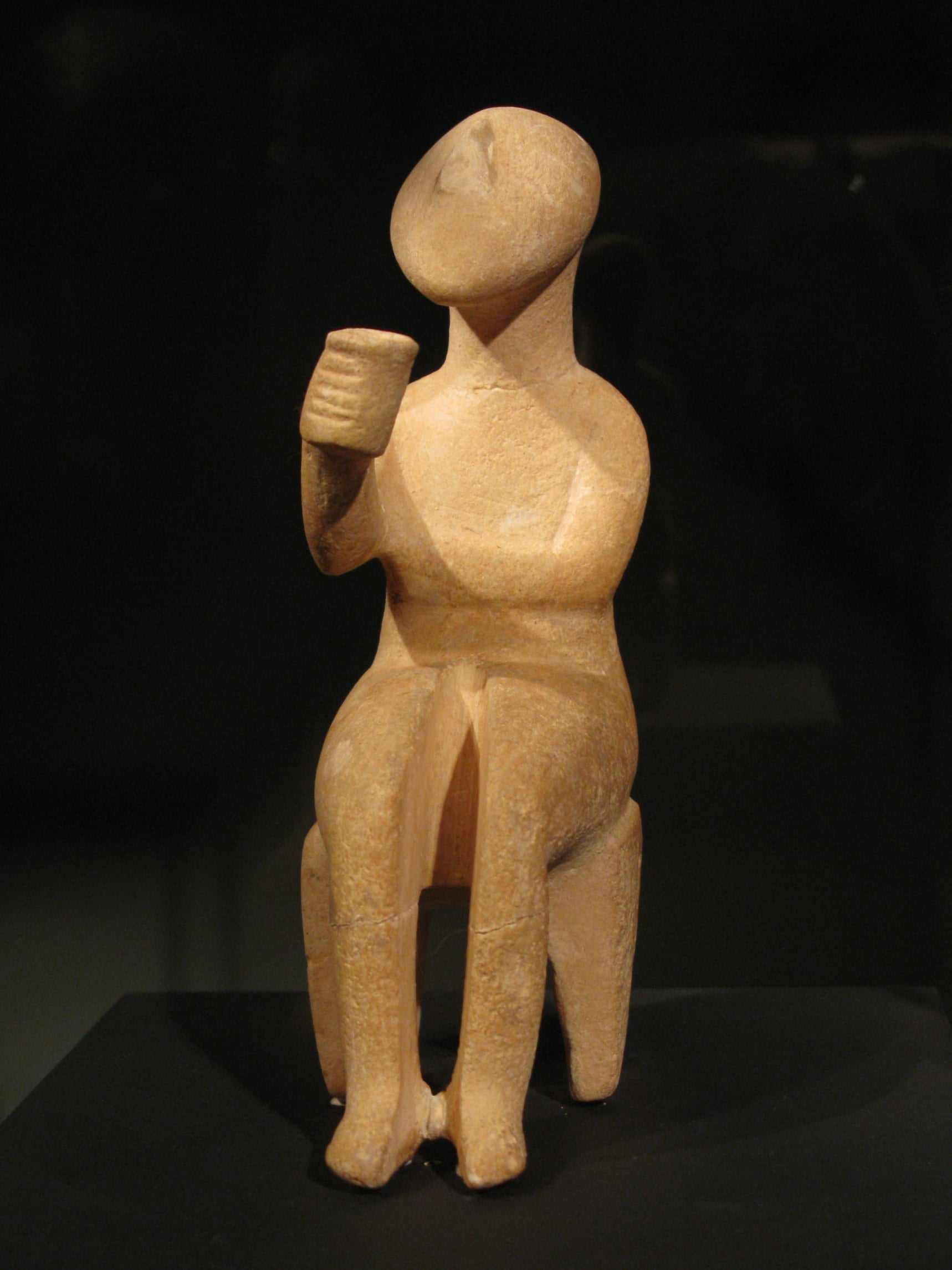
The cup-bearer. 2800-2300 BC Photo Credit: Tilemahos Efthimiadis
Location: Vasilissis Sofias ave. & 1, Irodotou st.
Telephone: +30 210 7228321
Tickets:
Permanent collections:
General admission €7
Monday admission €3,5
Reduced entrance fee* €3,5 (*seniors (over 65), students, 19-26 years old)
Free entrance:
- kids and young persons under 18
- visitors with disabilities and their companion
- members of the MCA
- archaeologists
- archaeology and art history students
- members of ICOM – ICOMOS
- Greek unemployed citizens, with their current unemployment card
- journalists
- qualified guides
- teachers accompanying school-classes participating
- in educational programmes
- parents accompanying their kids for the
- Saturday’s & Sunday’s programmes
Opening Hours:
Monday – Wednesday – Friday – Saturday: 10:00 to 17:00
Thursday: 10:00 to 20:00
Sunday: 11:00 to 17:00
Tuesday: closed
*Last Entrance: 15 minutes before the Museum get closed
Holidays / The Museum is closed
1st of January
Easter Sunday & Easter Monday
Holy Spirit Monday
May 1
December 25
December 26
Clean Monday
March 25
August 15
Closest metro station:
Line 3: stations Evangelismos, Syntagma (Line 3 terminates at the Eleftherios Venizelos Airport)
Line 2: station Syntagma
Byzantine and Christian Museum
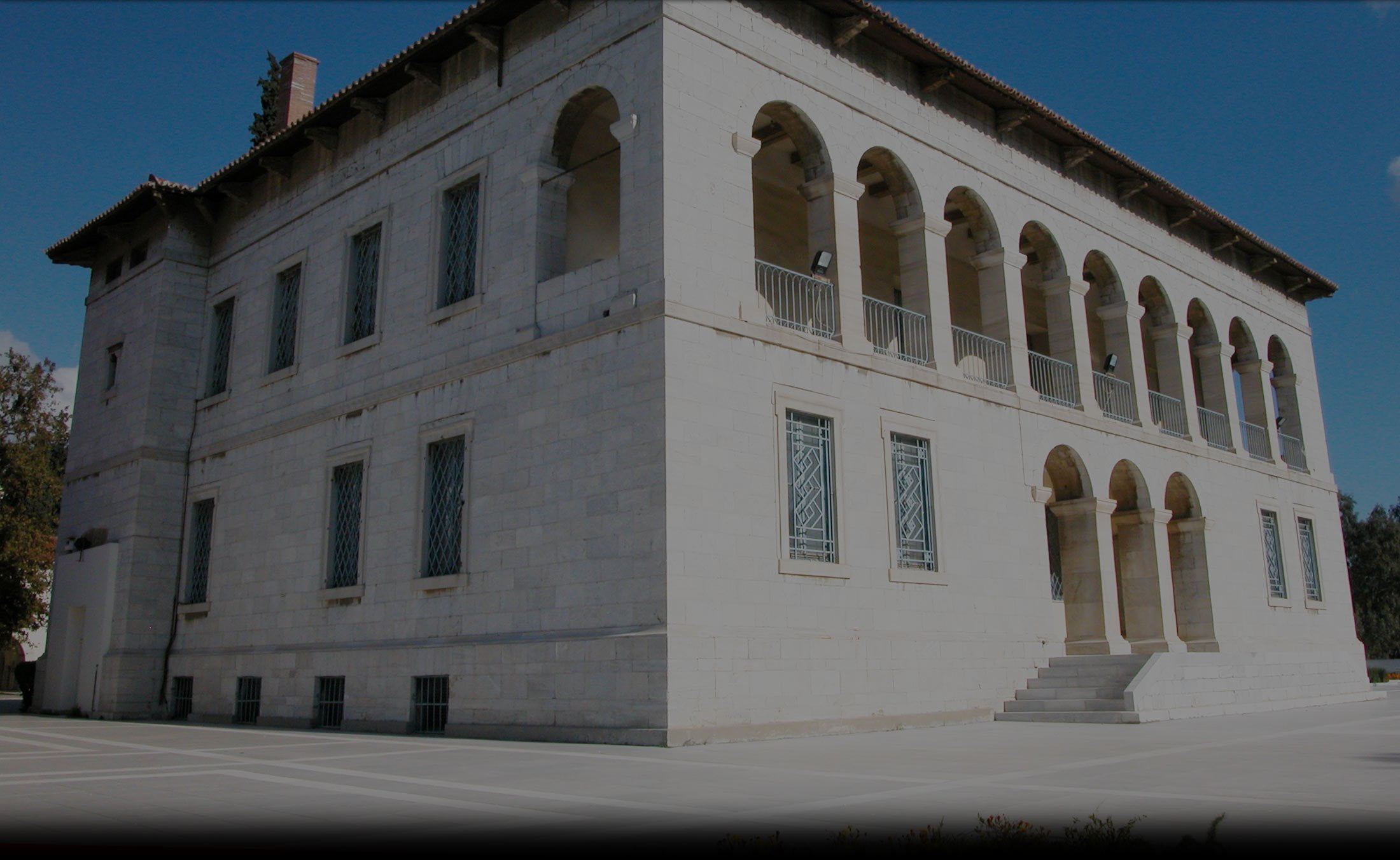
Byzantine and Christian Museum Photo Credit: Byzantine Museum
Or, the “what happened next?” museum. It would be completely normal after long days in Greek museums to wonder what happened to the country after the early Roman years. Most of the exhibits cover the ancient Greek classical era and the Hellenistic era, but after the first centuries of the Roman conquest there is little information. Then what? What happened after the Roman Empire broke to pieces? Well, the Byzantine and Christian Museum, has the answer to this. Also based in Athens and just a few hundred meters from the Museum of Cycladic Art (discussed above), it is focused on the Early Christian, Byzantine, Medieval, post-Byzantine and later periods of Greek history. The museum has over 25,000 artifacts in its possession that date between the 3rd and the 20th century AD, and their provenance encompasses the entire Greek world, as well as other regions in which Hellenism flourished. The majority of the exhibits are religious items and artifacts, but the huge contrast between their aesthetics and style to whatever you have seen so far – from the older Greek history eras – will make it a visit to remember.

The Byzintine and Christian Museum Photo Credit: Pieter De Praetere
Byzantine and Christian Museum
Location: 22 Vas. Sofias Ave., 106 75 Athens
Telephone: +30 213 213 9517
Tickets:
General admission: 4 €
Free entrance:
Free admission: under 18 years old
Opening Hours:
Tuesday-Sunday: 09:00-16:00
Mondays: closed
Closed also:
1st January, 25th March,
Good Friday (open: 12.00-17.00), Easter, 1st May,
25th-26th December
Closest metro station:
Line 3: station Evangelismos
Benaki Museum
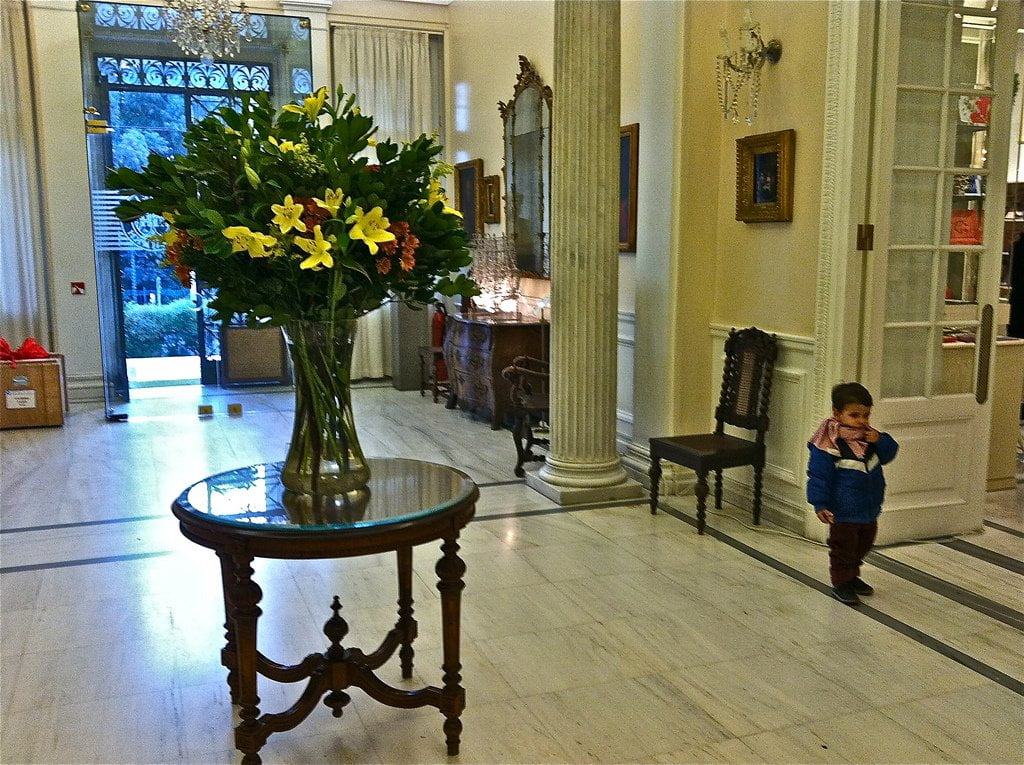
Benaki Museum Photo Credit: Liz Muir
The Benaki Museum of Greek Culture – as it is fully named – is small compared to the first two museums we mentioned, but it is ideal if you want to take your time and explore the Greek culture and civilization at a slower pace. Housed in one of the most beautiful neoclassical-style buildings in Athens, near the National Garden and the Hellenic Parliament, it was converted into a museum in order to shelter the collections of Antonis Benakis and was donated to the Greek nation by himself and his three sisters. Following its most recent refurbishment (1989–2000), the building now houses a unique exhibition on Greek culture, arranged chronologically from prehistory to the 20th century. Its permanent collections are very extensive, featuring prehistoric artifacts, as well as Roman, Byzantine, Chinese, Islamic, Coptic, and pre-Colombian art, along with more contemporary Greek art collections. Be prepared to immerse yourself in all these worlds, but remember that you must get there well-rested and with a small plan on what you want to focus on, as the volume of info is immense. Oh and do bring a magnifying glass with you, as these little lettersets they use on the tiny – but very helpful – captions can get difficult to read after a while. Don’t omit to visit their website in advance, in order to plan out your visit, and be careful: the Benaki Museum houses various exhibitions in spaces elsewhere in Athens, so don’t get confused!
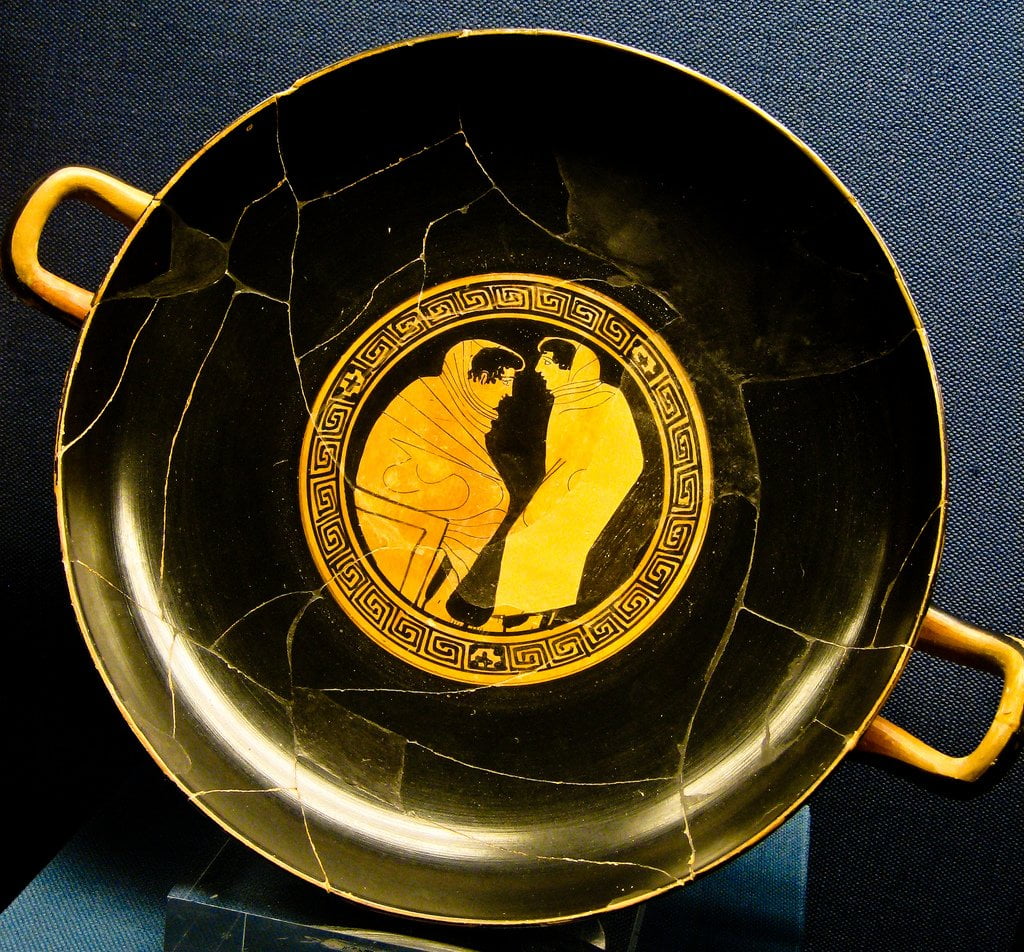
Benaki Museum Photo Credit: Sharon Mollerus
Location: 1 Koumbari St. & Vas. Sofias Ave., 106 74
Telephone: +30 210 367 1000
Tickets:
Full Admission: € 9
REDUCED ADMISSION
- Students
- Persons over 65
- Teachers
- Archaeologists
- Conservators
- Members of Hellenic Chamber of Fine Arts
- Hellenic Ministry of Culture card holders
- European Youth Card holders
Free entrance:
- Members of Benaki Museum
- Unemployment Card holders
- Persons under 22
- For disabled persons
- Guides
- ICOM members
- Friends of the Benaki Museum
Opening Hours:
Closest metro station:
Lines 2 & 3: stations Evangelismos & Syntagma
Ready to visit Athens? Take a look at our Athens travel guide and get ready for a magical trip!
Feeling Ready?
From our blog
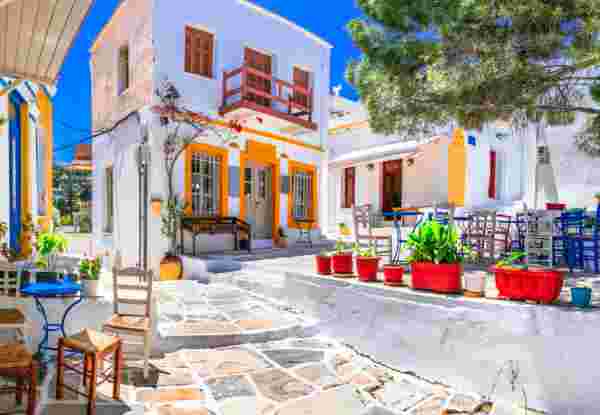
Honeymoon in Paros Island Ultimate: Guide
READ MORE
Ultimate Rome Travel Guide: What to See and Do
READ MORE
The Best Greek Islands for Couples, According to a Luxury DMC
READ MORE
Discover Milan: Top Attractions
READ MORE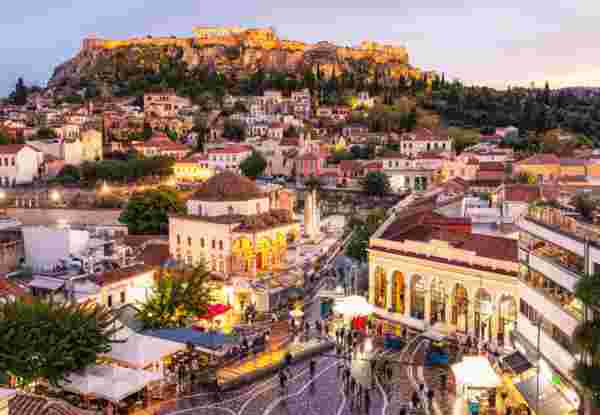
Athens in February Travel Guide
READ MORE
When Is Easter 2026? Dates from 2026 to 2030
READ MORE
Crete 2025 Travel Guide
READ MORE
How Many Days in Mykonos
READ MORE
Santorini Travel Guide: Everything You Need to Know
READ MORE



